


The Internet of things used to be rare but now it’s basically everywhere: at home, in the office, on the street, even in the countryside. Every second person has at least one smart device — from fitness trackers and robot vacuums to whole systems with sensors and gadgets. The demand for such devices is only growing, so IoT app development seems to be a good idea for a startup. Let’s find out what is IoT, which businesses use these technologies and how to develop an IoT system.
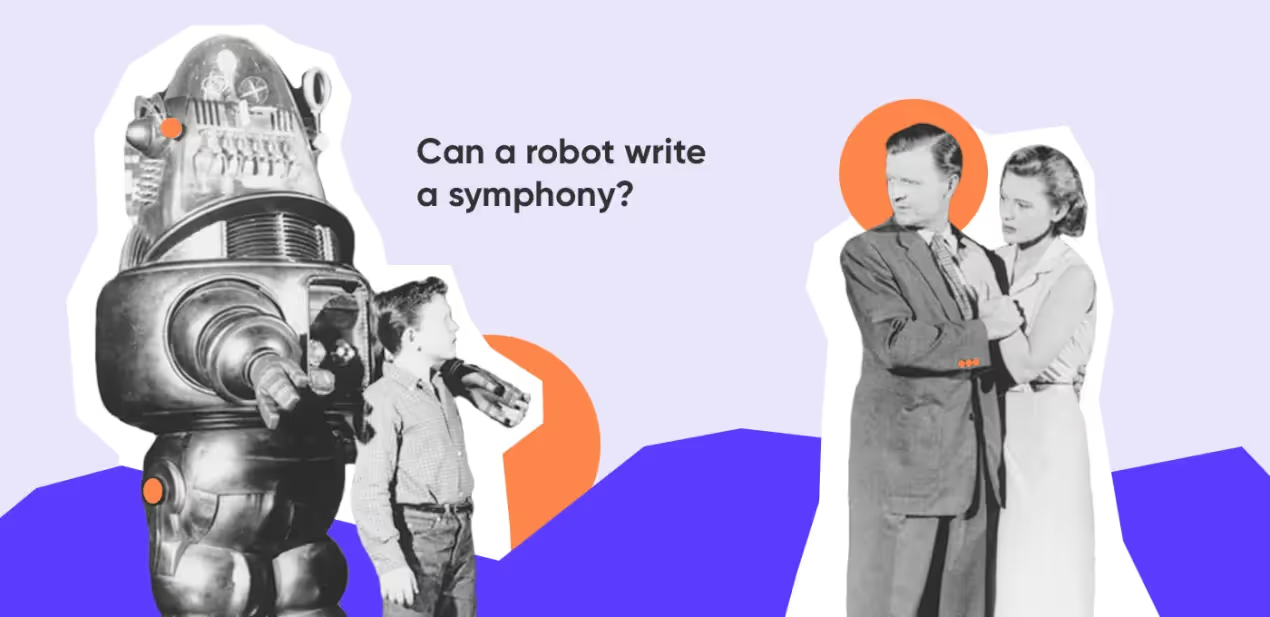
Simply put, the internet of things (IoT) is a network where people can communicate with things, and things — with each other. Remember the times when only computers and smartphones had access to the internet? Today your vehicle or refrigerator can connect to WiFi and ‘talk’ to connected electronic scales to exchange data.
Devices work without the involvement of people but users can control and set them up via apps. That’s how robot vacuums work: in an app, users set the cleaning time — the vacuum cleaner will do its job and then return to the charging station.
Apart from simplifying people’s lives, IoT helps to gather data from devices and get statistics. Fitness trackers measure users’ speed of movement, heart rate, and the number of steps made a day. More complicated models can count how many calories you have burnt and how many hours you have slept. Applications allow users to check the statistics — it’s a simple way to monitor progress, for example, if you want to lose weight.
Usually, an IoT system consists of devices with sensors that connect to a cloud platform via WiFi, Bluetooth, or LAN. Devices gather data and send it to the cloud, then the app processes the data. Internet of things applications allow people to visualize data, monitor indicators, and control connected devices.
The working principle of IoT can be described as ABCDE:
All these things together make an IoT system that can be controlled via an app. Sometimes people don’t even need to give commands to devices — things do everything by themselves. That’s what smart homes are for: what if you forgot to turn off iron? Disaster! But if your house is ‘smart’, you can stay cool — the iron will turn off automatically as soon as you close the door. In case paranoid thoughts won’t let go, you can turn off the outlets remotely.
It’s possible to automate actions thanks to sensors. To launch the scenarios of actions, you need something to control the sensors and make them communicate. That’s why any smart home has a hub — it’s like a brain that controls everything. Sensors send data to the hub, it analyzes the situation and gives commands to devices. Right after that the hub reports to the house owner and sends notifications to their smartphone. For example, an electrical device caused a fire in your house: the fire detector will react to smoke or high temperature, the hub will send you a notification about the incident, turn on the fire extinguishing system, and call an emergency service.
The internet of things gives startuppers plenty of possibilities — you only need to figure out how your idea can be put into practice, and develop an app. Once we had a client who needed an app for smart fridges by Vendify. To help the client realize the idea, we made a responsive UI/UX design and developed the frontend part of the app. That’s how it works:
A user installs the app, adds a card -» scans the QR code on the fridge -» sees what’s inside the fridge and chooses items -» fridge door opens -» the user takes the items -» the fridge sends the app information about the chosen items -» the payment proceeds automatically.
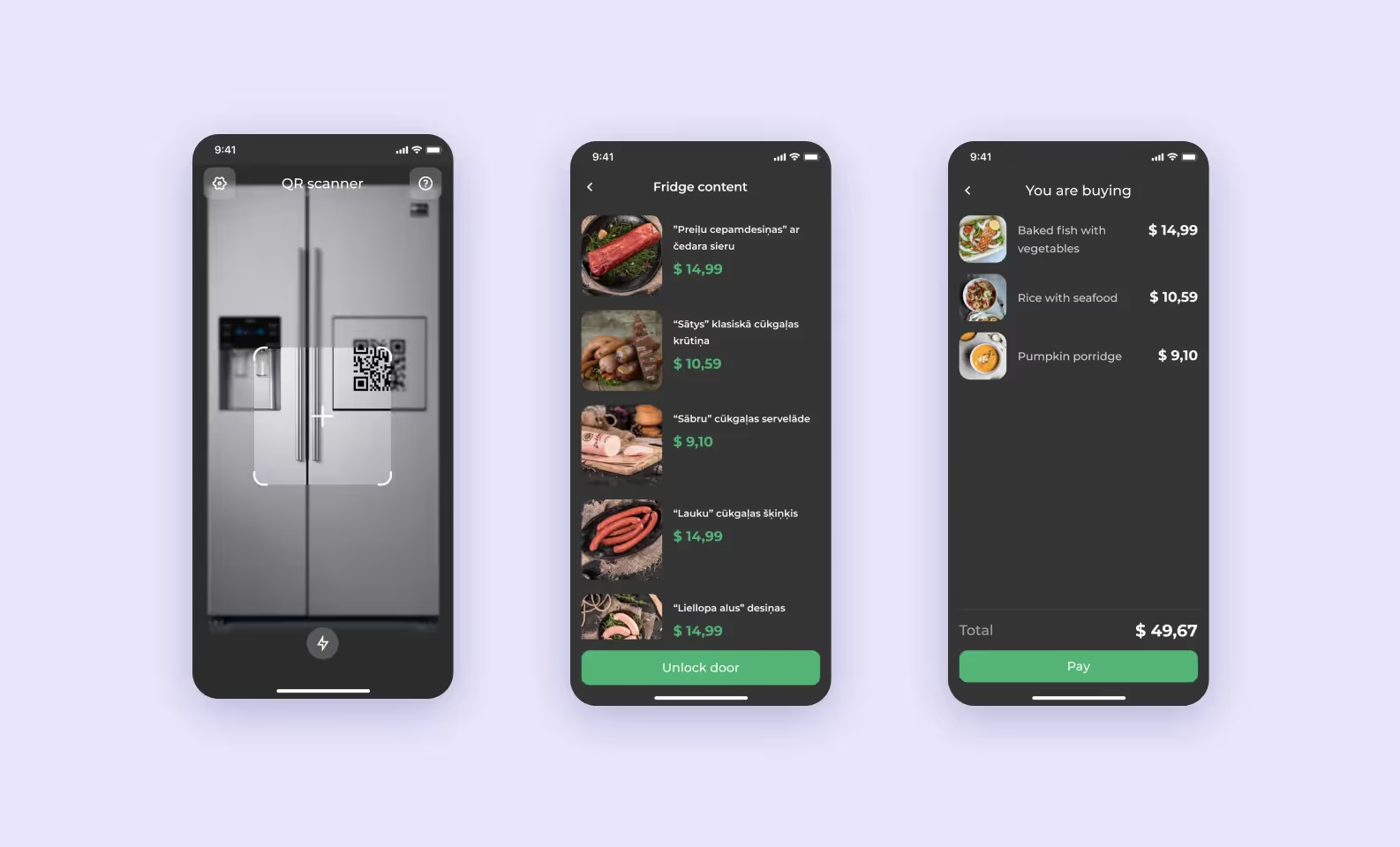
Smart home systems are quite expensive and not everyone can afford them. However, there are solutions that allow people to build smart homes gradually — Amazon Alexa, Google Nest, or Apple Homepod with Siri. If you have Amazon Alexa, you can start with connecting one smart device and then expand your smart home by adding more devices when you wish. Basically, a speaker with Alexa is a hub that helps you control home appliances by using voice commands. Just ask her to turn on the lights, lock the door, control home temperature, play your favourite song, etc.

You think that IoT is all about fancy home gadgets? Think again. The internet of things can be used in any business that needs automation. The IoT technologies are most often used to build IoT applications in the production sector, agriculture, retail, healthcare, power industry, and city administration. Here are some examples of how the internet of things is used:
IoT helps to improve the quality and increase the quantity of produced goods. Sensors, drones, and smart machinery help to examine the composition of the soil, predict climate changes, monitor the health condition of livestock. Smart trackers built into animals’ collars, can track their location and health condition data: heart rate, body temperature, and the total activity of an animal. Smart greenhouses adjust the temperature, lighting, humidity levels, and air circulation — users only need to set the desired parameters in the app. The most frequently used technology in this industry is precision agriculture: that’s when people find out the best time to water, fertilize and harvest plants with the help of IoT. Thanks to this approach, Atilze, an Indonesian company, increased the rice fields by 30-50%.
IoT solutions help to diagnose diseases. Fitness trackers aren’t the only devices that can monitor health indicators. There are gadgets that help patients to recover after a stroke, help doctors make prognoses, cure diabetes and its complications. An example of such a device is iHealth Smart Glucometer, it controls patients’ blood sugar levels and sends test results in the iHealth Gluco-Smart app.
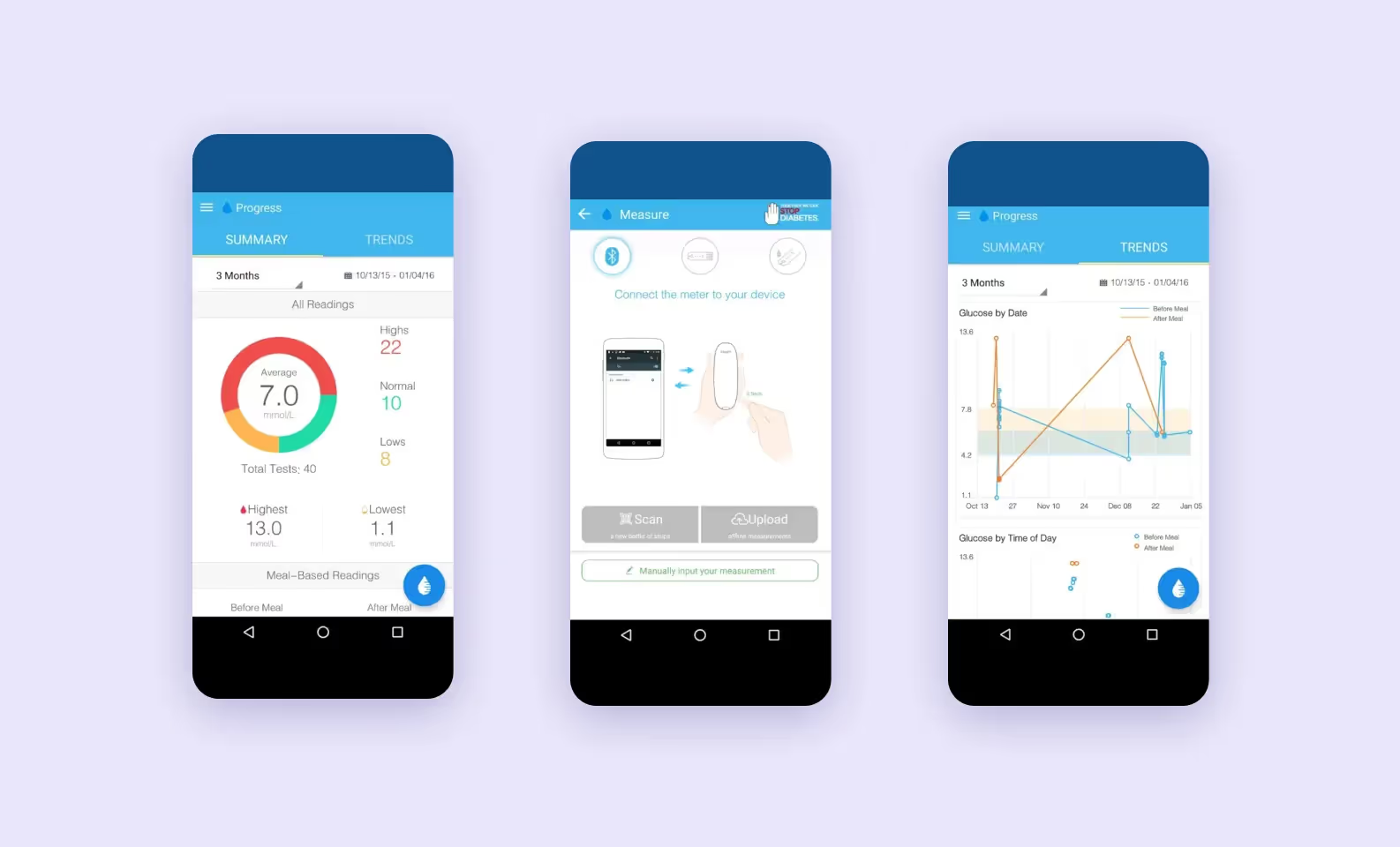
Sensors located on hospital beds help to monitor the condition of critical patients — they measure the pressure on mattresses and help to distribute it evenly to prevent patients from getting bedsores. Doctors get the data remotely, which allows them to make diagnoses and assign therapy in real-time. Some hospitals use badges with trackers to know how medical staff and patients move across the clinic. With this data, it’s possible to place drug storages optimally, set up effective work timetables, and assign patients to wards.
IoT solutions help to control traffic flows, improve safety with the use of surveillance cameras, save on electricity, gas, water. Traffic lights, cameras, traffic detectors, and electronic scoreboards help to reduce the number of car accidents and traffic jams and record traffic violations. Public transport can also be connected to the internet: scoreboards that show the arrival time of buses are IoT as well. Another example of smart city things is smart dumpsters that send signals to garbage trucks when full.
IoT allows companies to get information about their clients and use it to increase sales. Using IoT analytics you can find out how clients interact with a brand (what they like, what they look for, what they buy) and improve customer experience: by offering them goods similar to those they looked for previously, or setting up targeted ads and promotion emails. Thanks to RFID tags it’s easier to count and control goods — you’ll always know when an item is out of stock and it will be easier for customers to find items on shelves.
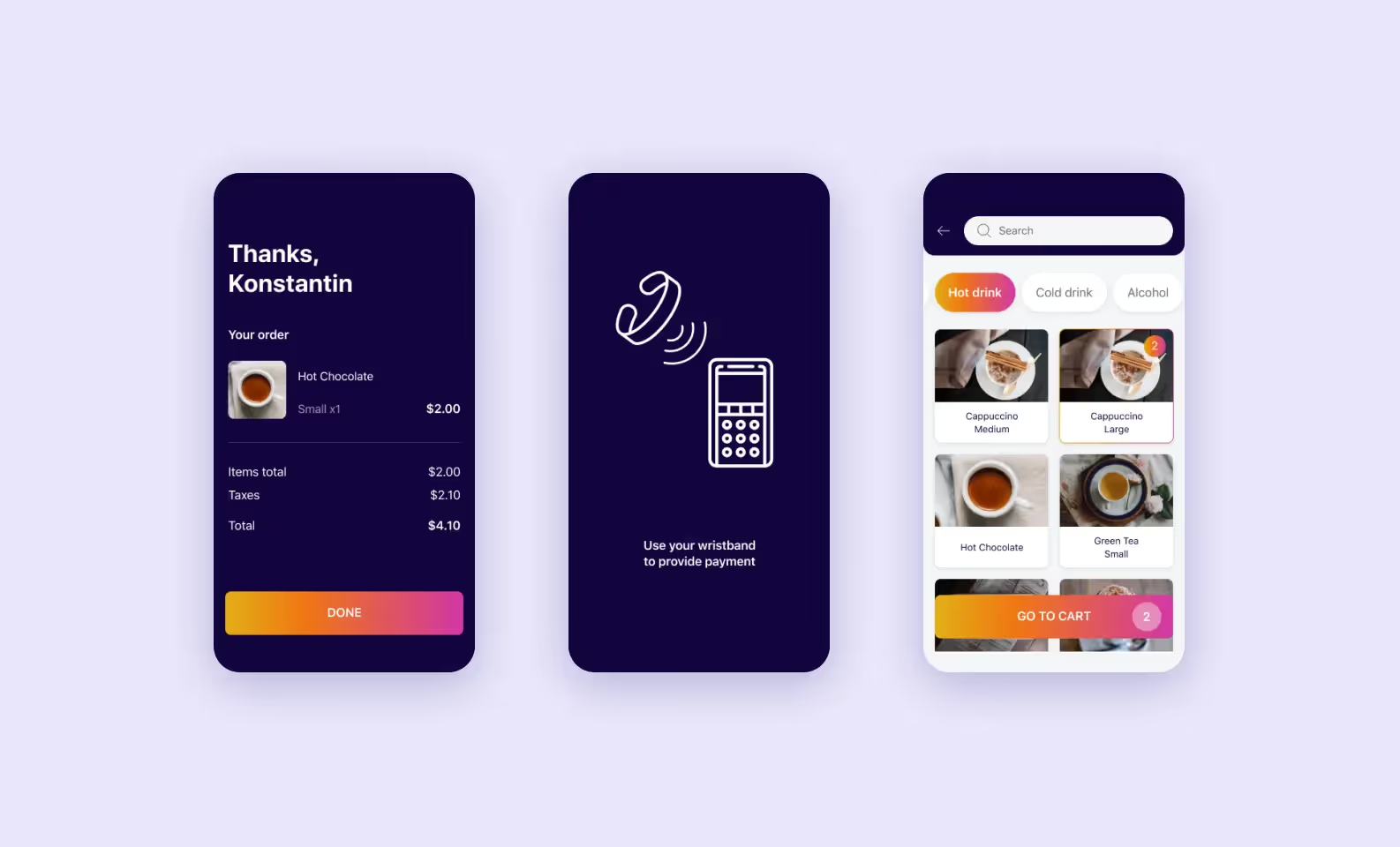
Industrial IoT is a system of connected industrial facilities with sensors. It allows to get data on the status of production, establish cooperation between employees, prevent equipment breakdowns, supply delays and disruption. General Electric uses IoT technologies to predict jet engine troubles and reduce fuel expenses.
Internet of things allows to allocate resources effectively and control the condition of equipment. Thanks to IoT it’s possible to monitor substations and power lines remotely — sensors can be installed directly on wires to measure sagging, drones can detect wire icing or branches of nearby trees. All these things help to prevent power outages.
One way or another, smart devices need an app that will process and visualize data gathered from sensors. Without apps the devices are useless — even if users cover themselves with sensors from head to toe, scenarios of actions won’t activate, and data won’t analyze itself.
IoT apps can be divided into two large groups:
Web or mobile — that depends on the type of industry. Web applications are the best choice for agriculture and production sectors. As for smart home systems, it’s much more convenient to control them from mobile apps — users always have their smartphones at hand. When choosing a platform for your app, put the needs of end users first. If you still have questions about how to create IoT applications — you can read our article about it!
IoT app development is not much different from regular app development — same coding and working with programming languages and frameworks. However, there are some things you need to pay special attention to:
The more devices are connected to your IoT system, the more vulnerable it is — it’s enough to find one weak spot to get access to all data. To protect your camera footage from the eyes of strangers, you need a safe system: use secure networks, data encryption, complicated passwords, two-factor authentication.
All smart device companies have their own security standards, APIs and communication protocols. You can create an app that only supports devices by one company but your audience will be smaller. If you want to get as many users as possible, make your app available for owners of devices by different companies — but keep in mind that they can be incompatible. The answer is simple: test, test again, and test once more. And don’t forget to test.
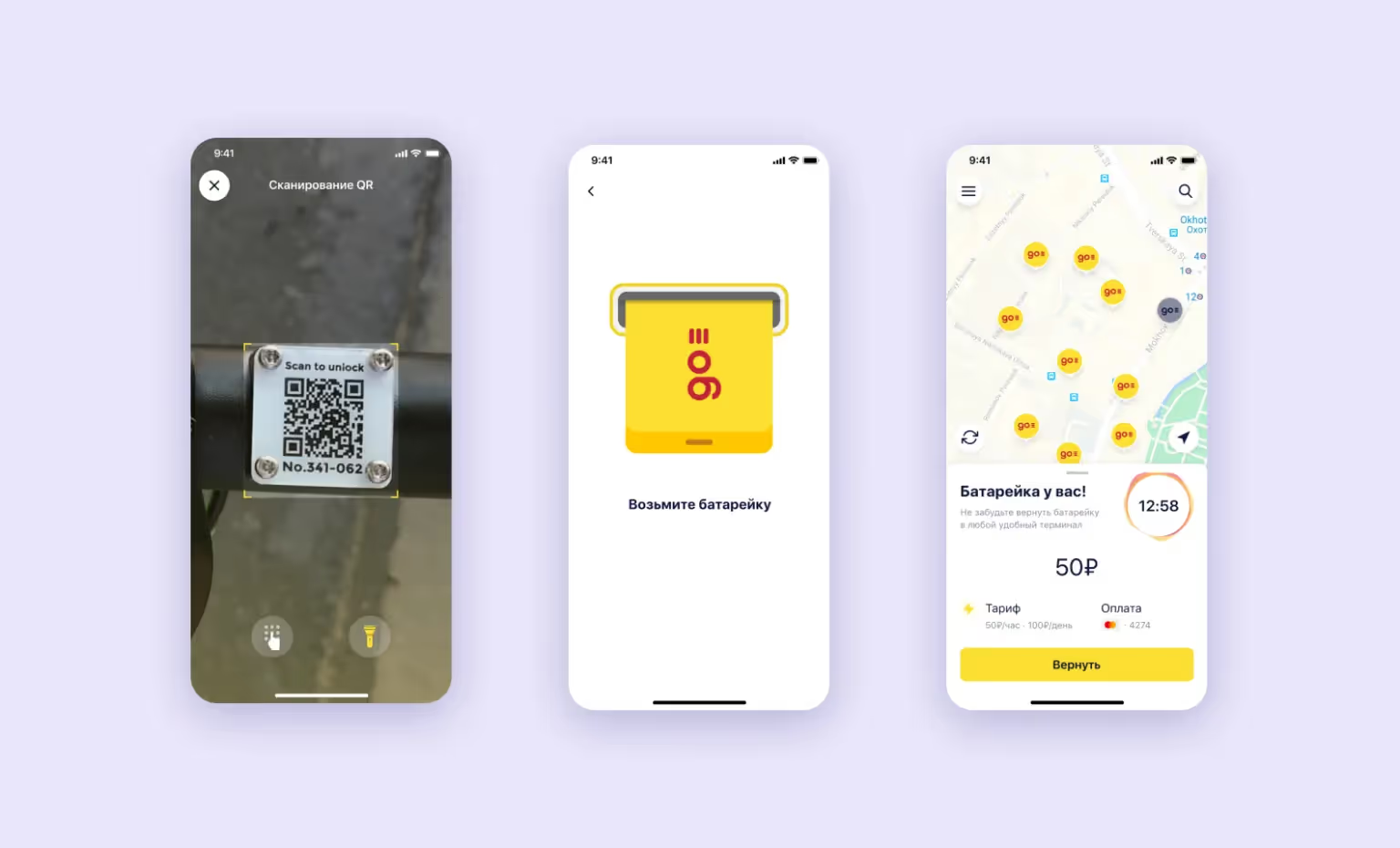
Devices can be connected to the internet via Wi-Fi, Bluetooth, LAN or other networks. Choosing a proper network is not that simple — the connection must be stable and fast.
Keep in mind that the more powerful a network is, the more money you need to pay for it. No need to choose the fanciest one: if you want to develop a small fitness app, a simple network is enough.
Data exchange in an IoT app must be fast. Imagine that you’re driving a smart vehicle that doesn’t respond to your commands in time — the price of a delay can be too high.
Internet of things should simplify people’s lives, not complicate it. That’s why any IoT app needs a user-friendly interface. Think how users will ‘communicate’ with your app: identify the points of tangency, find motivators and obstacles that users might deal with. Ask professional UI/UX designers for help.
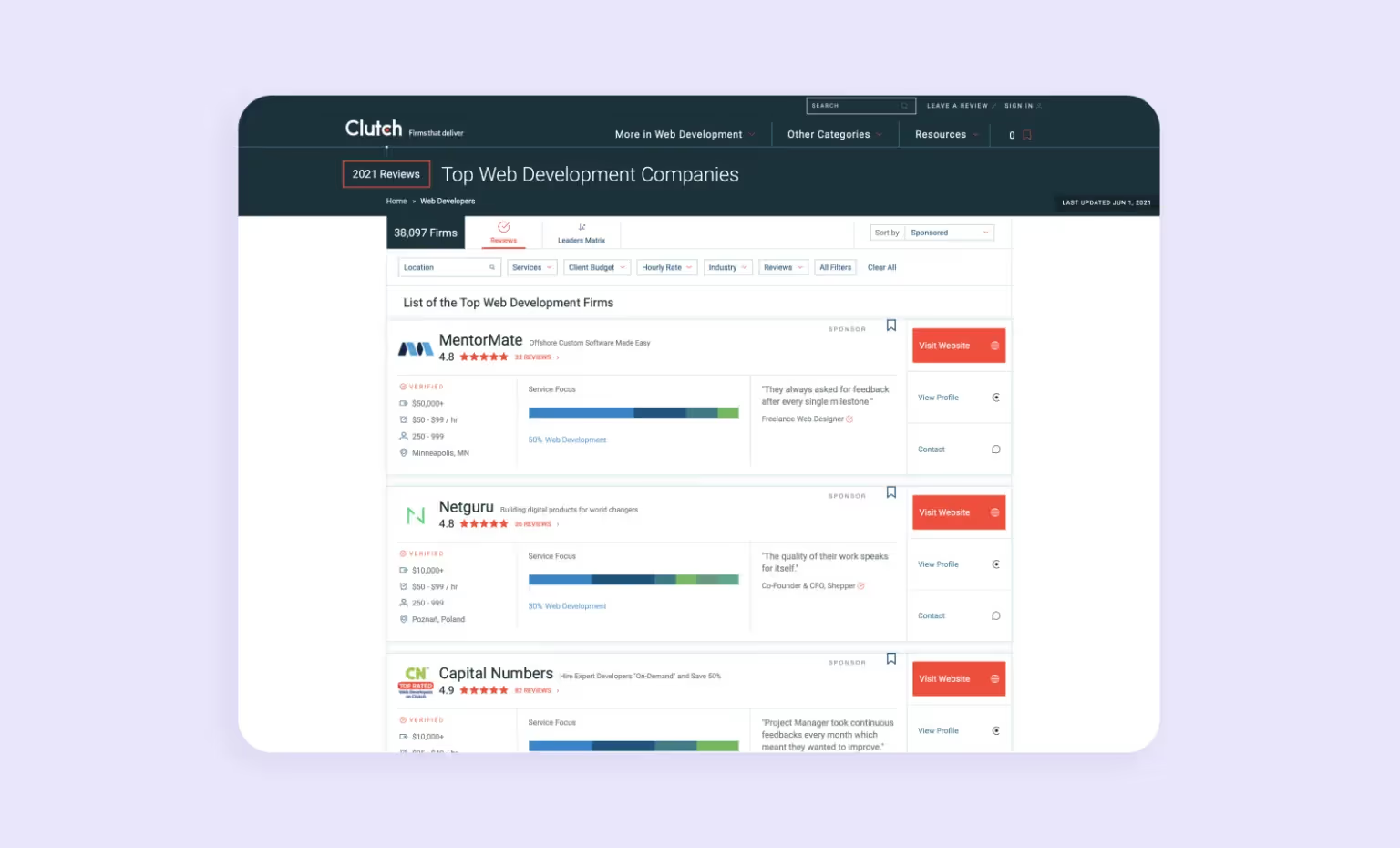
The internet of things gives a lot of possibilities for business — retail, production, fitness and healthcare, agriculture and other industries. While some companies wonder what is IoT, others take their business to the next level and make profit. In the end, the rest will have to keep up or leave the market.
If you’re interested in IoT app development, choose reliable contractors that are experienced with IoT technologies and have successful cases. Remember about users: a product should solve a problem. Start with an MVP, gather first feedback and you’ll find out if the product is worth further development.
➡️ Ready to entrust your future to robots? <a class="blog-modal_opener">Contact us</a> — we’ll create cool UI/UX design and develop an MVP with scalability in mind 😉